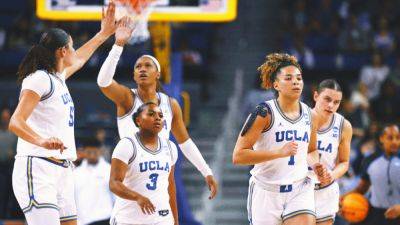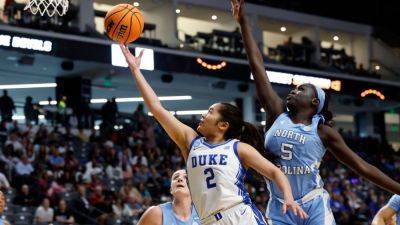Upset alert! How 11-seeds have become the new 12s in March Madness - ESPN
This column originally published in March 2024, but has been updated in advance of the 2025 men's NCAA tournament.
Those paying attention to March Madness — really paying attention — have noticed a trend in recent years.
In the first 30 years of the modern tournament era (1985-2014), at least one 12-seed won a first-round game in all but three years (1988, 2000 and 2007). No. 12 seeds not only won more first-round games than No. 11 seeds (44 to 41) during that span, they also advanced to the Sweet 16 more often (20 to 17).
Sign up now to play the #1 Men's bracket game for FREE! $135,000 in prizes.
Play Men's Tournament Challenge
That's why for years, the go-to upset for those filling out brackets has involved a No. 12 beating a No. 5 in the first round, and maybe even winning again in the second round… and understandably so.
Only seeds 1 through 6 and the No. 10s reached the Sweet 16 more often than No. 12s in that three-decade stretch. That made it well worth picking at least one 12-seed to win a game or two.
It's not a sure thing anymore, though. Recent data suggests it may be time to shift your attention up a seed line instead.
After failing to win a first-round game just three times in 30 years, No. 12 seeds have been shut out in three of the past nine tourneys.
Since 2015, 12-seeds are 11-25 against No. 5 seeds (.306 win pct.), down from their 37% success rate the previous 30 years.
Only two of those 11 to win in the first round went on to win their next game. The only seeds with fewer Sweet 16 appearances in this span are the Nos. 13, 14 and 16.
This is not to say the No. 12 seeds can't get their mojo back, but recent history shows the most likely ones to make noise and advance to the second week of tourney play








